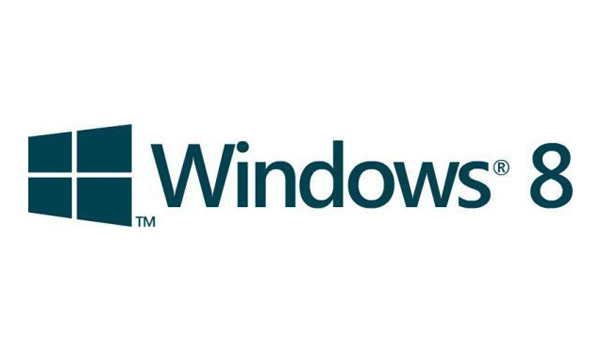Latest buzz is that Microsoft forcing 30K employees to use Windows 8.
Microsoft successfully rolled out its Windows 8 to more than its 30,000 internal users, following a process which the company names as ‘eating their own dog food’. Their experience may prove useful for the enterprises thinking of migrating to Windows 8 and Internet Explorer 10, as the key things being tested are moving the Microsoft workforce to this new platform of Windows 8.
Patrick O’Rourke, director in the strategy, planning and communications, said in one of his posts that by mid-July, Microsoft had more than 30,000 employees running Windows 8 and Internet Explorer 10 on their machines, (specifically the Release Preview versions of both the software). This ‘dog fooding’ process focuses on three areas viz. support, security and the user experience.
Microsoft has also created an online community for its Windows 8 users by the name ‘//pointers’ which provides a support channel utilizing the social networking model. Microsoft says that this is a self-help forum which will reduce the number of help desk calls and will solve the problems in a much modern and unique way. This forum has been designed to showcase the all new capabilities of Windows 8, the limitations of present support channels and to develop a community spirit while helping the fellow users.
The ‘pointers’ is basically a web application that will bring together the Microsoft IT customers, enthusiasts and product group members through this social forum. Users can take help of the Microsoft experts from all across the globe. The metro app style has made is easy to dive into this social world and get your problems answered in a much lesser time than that with the traditional approach. While tracking the site, the numbers revealed that there are more and more unique users visiting the site. The site is supposed to be sticky as the users do come back to get their problems resolved. The social networking model seems to exhibit its charm for sure.
Microsoft also tested 1000 of its machines running on Windows 8 for its DirectAccess feature. They also validated virtual smart cards using the machines’ Trusted Platform Module (TPM) chip that supports BitLocker. This feature allows users to access company shares, websites and applications without even connecting to a virtual private network (VPN). Also the Network Key Protector Feature was tested which enables BitLocker to automatically unlock the drive whenever it is connected to a corporate network. Microsoft also used WindowsToGo feature on 75 of its devices which allows the OS to boot from a USB Drive. This allows different machines, running with different input interfaces to use the same OS.
At last to provide ease of data migration and protection strategy to the corporate users, Microsoft IT used and tested FileHistory. It is a new feature that automatically track changes made in the user’s library and on the user’s desktop, favorites and contacts and it automatically updates these changes in their network drives which are configured as their backup area. Customers will be allowed to customize this solution as per their environment.
All these steps clearly portray Microsoft’s plans for providing the best support for Windows 8.


